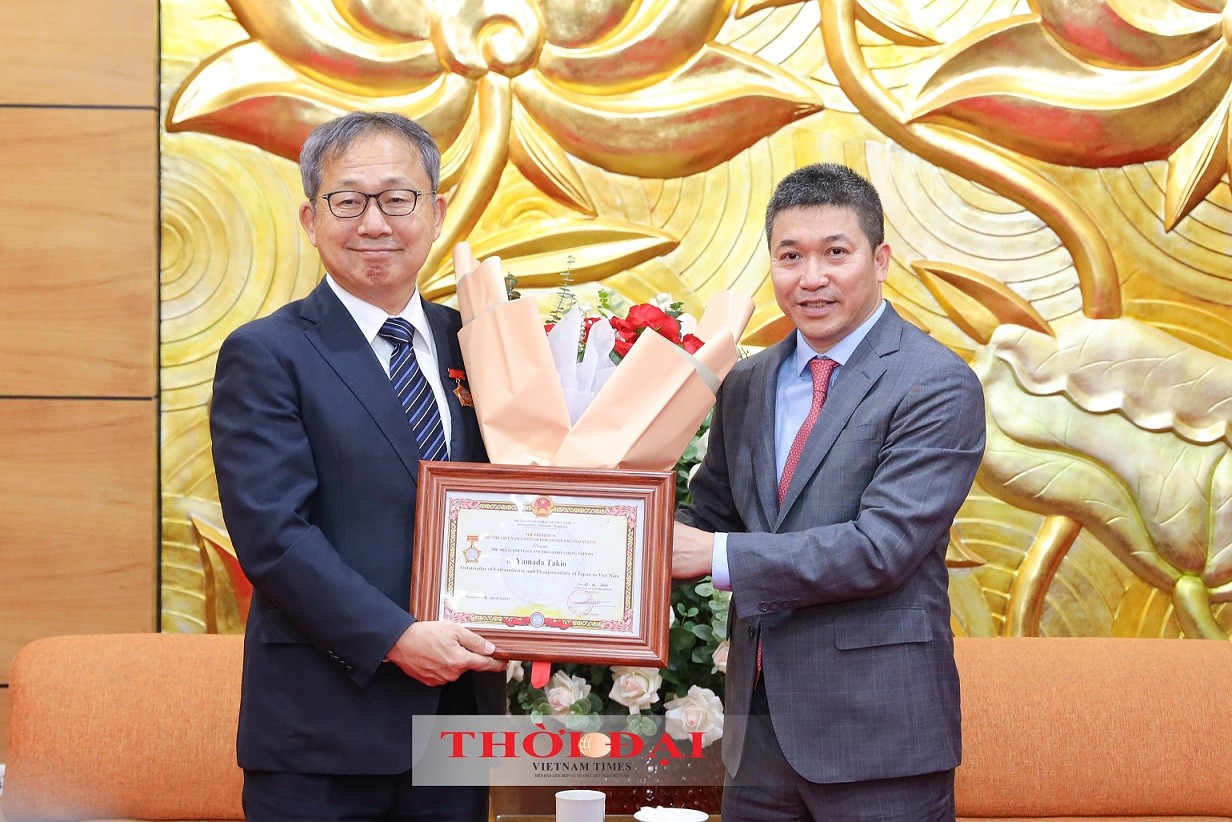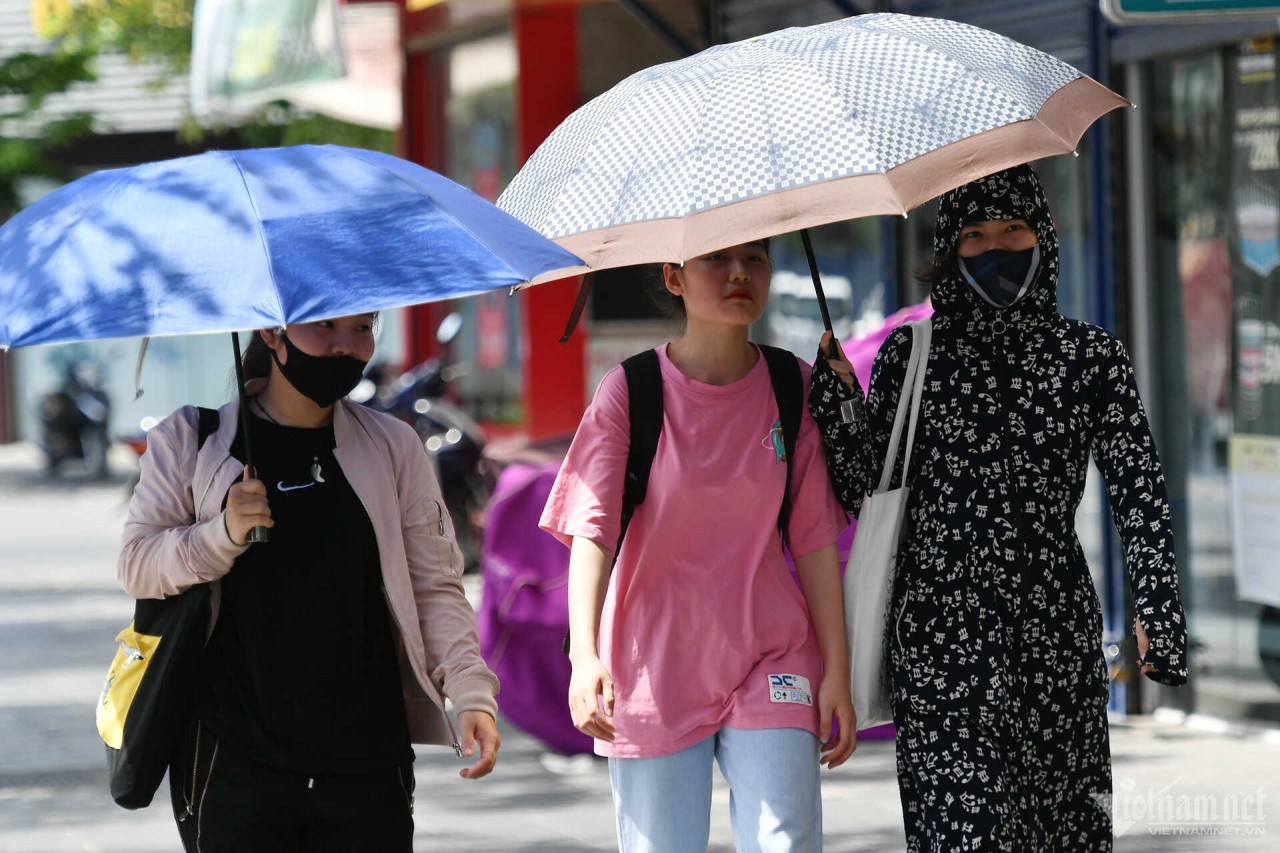As a river dies, India could be facing its ‘greatest human catastrophe’ ever
Much of the once bountiful and lush-green rice fields was reduced to a dry, yellow-brown landscape, after successive years of scanty rainfall and severe drought.
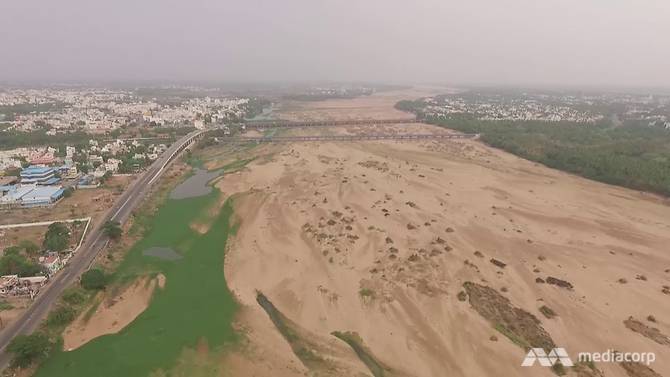 |
A lifeline to southern India, the mighty Cauvery River is turning into a vast sandpit.
For farmer Mr. Vijayakumar, 52, the rice crop was his family’s sole source of income. Hit by the double whammy of crop failure and mounting debts, he took a lonely walk to the edge of his two-acre rice field in Tamil Nadu in January this year.
There the tough, rugged man, used to the hard toil of a farmer for decades, hanged himself from a nearby tree.
“He was constantly worrying about the debts,” said his wife Vijayakumari, who is now struggling to cope with the loss of her husband and their escalating debts. “His mind was never at peace. He kept saying that there were so many debts to repay and he was worried about how his only son was going to manage all that.”
Mr. Vijayakumar had borrowed from moneylenders to pay for his daughter’s wedding and for fertilisers for his crops which didn’t grow, she told the Channel NewsAsia programme Insight.
He is just one of roughly 350 farmers who have died in Tamil Nadu in recent months, according to unofficial estimates. In the past 20 years, more than 300,000 indebted farmers in India have committed suicide - many due to family debts, reported The Hindu newspaper.
PEOPLE ARE LOSING HOPE
Years of scanty and inadequate rainfall have led to the drying up of water reservoirs and village water bodies in southern India, especially the grain-growing regions of Tamil Nadu which is facing its worse drought in 140 years.
Water activist Dr. Rajendra Singh said, “We have not seen a drought of this intensity before. People have lost hope in life and are committing suicide.”
“People are leaving the villages and moving to the cities… They don’t have food to eat and water to drink. There is no fodder for the livestock,” added the winner of the Ramon Magsaysay Award and the Stockholm Water Prize.
The once-mighty 800km Cauvery River, a major lifeline in southern India on which millions of farmers depend, has turned into dust tracts in several sections before it trickles down to the Bay of Bengal.
Dense forests once helped to retain water on the hill slopes, enabling slow percolation into the streams that feed the river. But widespread deforestation along the Cauvery Basin has led to soil erosion and a reduction in rainfall.
Scientist and environmentalist Dr. Vandana Shiva pointed out that the region gets only four months of rain during the monsoons, during which in ideal circumstances, the water would be naturally stored in the humus and earth of the forests.
“But if you don’t store it, the rain comes, causes a flood, and you have a drought,” she said.
“The second reason is that there is an over extraction (of water) beyond the capacity of the river. That extraction is leaving the river dry.”
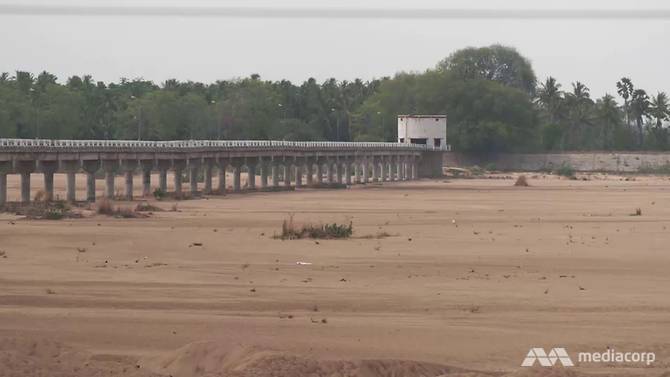
SMALL RIVERS DRYING UP
Dr. Shiva also blames the government’s ambitious scheme that aims to link Indian rivers by a network of reservoirs and canals, with dams perting the flow from areas with a water surplus.
She said, “There’s this assumption that you can have bigger and bigger cities and you can pert water from hundreds and thousands of miles away.
To take all the rivers in India and pert them to the cities and industrial areas - all rivers will die.
Critics argue that damming the rivers will cause coastal erosion, deforestation and the displacement of people, and exacerbate the impact of climate change.
Dr. Singh pointed out that the introduction of centralised irrigation systems and large dams have led to serious soil erosion. while the over-extraction of underground aquifers depleted the water table.
“There was no more water to be drawn from under the ground, and the water at the top flowed away with the soil, causing erosion and silting,” he said. “All the small rivers are dying.”
Bauxite mining has also wreaked havoc and contributed to a collapse of groundwater levels.
Environmental activist Mr. Piyush Manush said that the rampant extraction of bauxite – from which aluminium is produced - from the Servarayan Hills has led to an environmental disaster.
Bauxite absorbs rainwater and slowly releases water into the streams. But the extraction of bauxite has left the hills bare and arid. “If the hill is undisturbed, the bauxite and other minerals inside act as a sponge to absorb water and release it slowly.
“Now, if you chop the hill for bauxite, the hill gets hardened with exposure to sunlight. And once it hardens, it loses that sponge effect,” he said.
DEBT DESPERATION AND SUICIDE
Faced with the water crisis and their crop failures, desperate farmers have turned to money lenders for loans to buy food, seeds, fertiliser and equipment.
These money lenders charge exorbitant interest rates and as debts pile up, farmers often find themselves unable to cope with the pressure. Some think that by killing themselves, they can save their families - but moneylenders don’t stop hounding the survivors.
“We still have debts that we haven't been able to repay. None of our debts have been cancelled,” said Madam Vijayakumari.
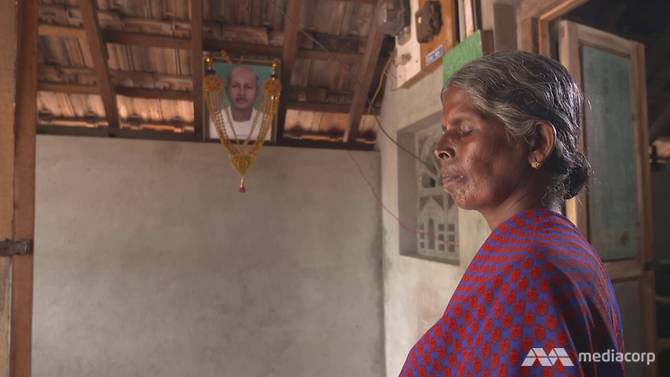 |
The widow of rice farmer Ashokan, who was queuing for another bank loan for his failed crops when he collapsed and died - she believes from the stress.
Not far from her village, another rice farmer Mr Ashokan, 55, was also troubled by the same thoughts of crippling debt and destruction of crops.
He went to the bank to get another loan to buy pesticides and fertilisers, but collapsed and died while standing in line. His widow, Madam Vedhavalli, believes he died due to the stress of his crop failures.
In April, distressed and angry drought-hit farmers from Tamil Nadu took to the streets of Indian capital New Delihi to protest, demanding farm loan waivers. A few state governments have conceded, agreeing to waive their loans amounting to hundreds of millions of dollars.
But farmers like Mr. Gnanaprakasam, 59, in Samudayam village still feel threatened, with upstream states like Karnataka refusing to share Cauvery River’s water with neighbouring Tamil Nadu.
Water wars broke out after Karnataka refused to comply with India’s Supreme Court ruling that it release more water, leading to violence on the streets, reported the Hindustan Times. If Karnataka doesn’t accede, Mr. Gnanaprakasam said, “The districts of Thanjavur, Tiruvarur and Nagapattinam will transform into deserts. All the crops will be destroyed.”
“Farmers and labourers will leave the village without a choice. That's already happening now. Many farmers have lost their lives. They have died out of shock. Some have committed suicide.”
Some activist believe the plan to pert more water to the cities and industrial areas is partly to blame for the drought.
FOR NOW, A COMMUNITY SOLUTION?
Dr. Singh, also known as India’s Water Man, has been fighting an uphill battle to revive water bodies and rivers in the semi-arid region of Rajasthan for more than 30 years. He has set up more than 8,000 water tanks and revived seven rivers in Rajasthan.
In Alwar district, about 200km from Delhi, he has used path-breaking water conservation techniques to bring water back to more than 1,000 villages. He believes local water preservation and community-driven water management systems are the only ways to end the “terrible disaster”.
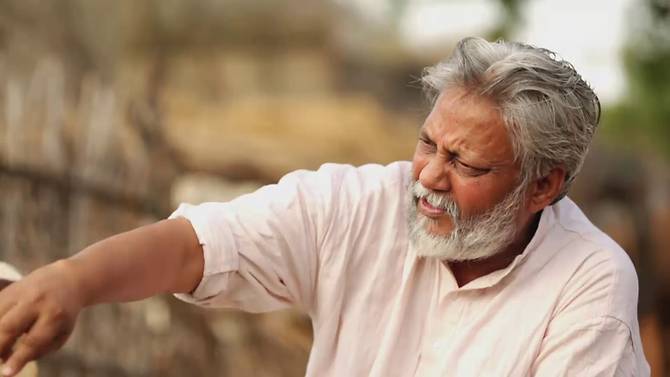 |
Dr. Rajendra Singh, winner of the Ramon Magsaysay Award and the Stockholm Water Prize.
He said, “The solution to this is community-driven decentralised water management. This is a solution that the government is not looking to implement. They are only looking at large dams and centralised irrigation systems - which are the main reasons for this drought.”
Dr. Sunita Narain, Director General of the India-based research institute the Centre for Science and Environment, believes that Tamil Nadu needs to augment its water supply through a decentralised water harvesting system. This means building water tanks, and going back to the traditions of harvesting water, restoring and recharging every lake and pond in Tamil Nadu.
She also thinks that the state needs to move away from water intensive crops such as sugar cane.
“Third, make every industry and city in Tamil Nadu water-wise, so you use less water and you recharge and recharge every drop of water the Singapore way. It has to be a combination of all three,” she said.
For the farmers’ widows like Vijayakumari and Vedhavalli, it may be a case of too little, too late.
“Saving the Cauvery River is akin to saving the lives of the farmers,” said Ms. Vedhavalli. “We are afraid to go ahead with anything now. We can't depend on the rain for anything.
“Rain only comes occasionally. At times, when there's too much rain, we suffer from floods. Now we are facing drought.”
VNF/CNA
Most read
Recommended
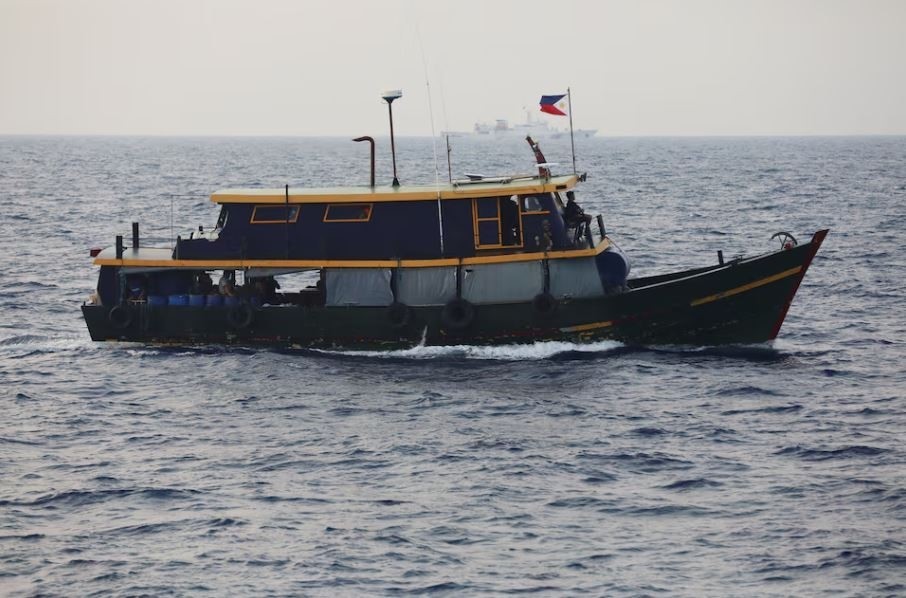 World
World
China frustrated over joint naval and air drills in the Indo-Pacific region
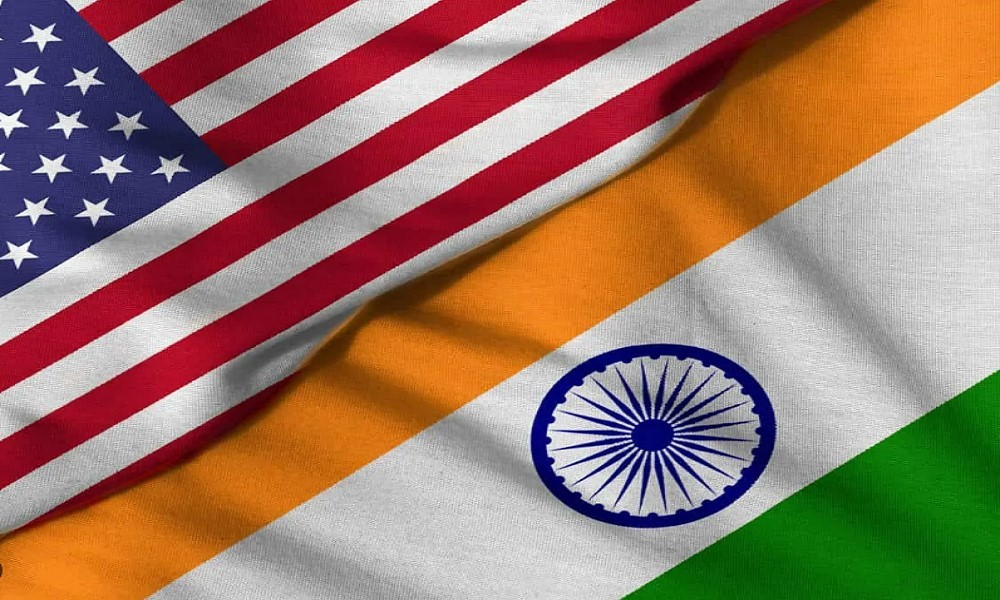 World
World
Washington-New Delhi Strategic Partnership Continues To Grow: US Envoy Says ‘If You Want To See The Future, Come To India’
 World
World
Discover The Unique Whipped Coffees Around The World
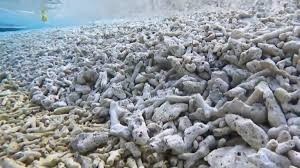 World
World
China called out for destructing coral reefs in South China Sea
Popular article
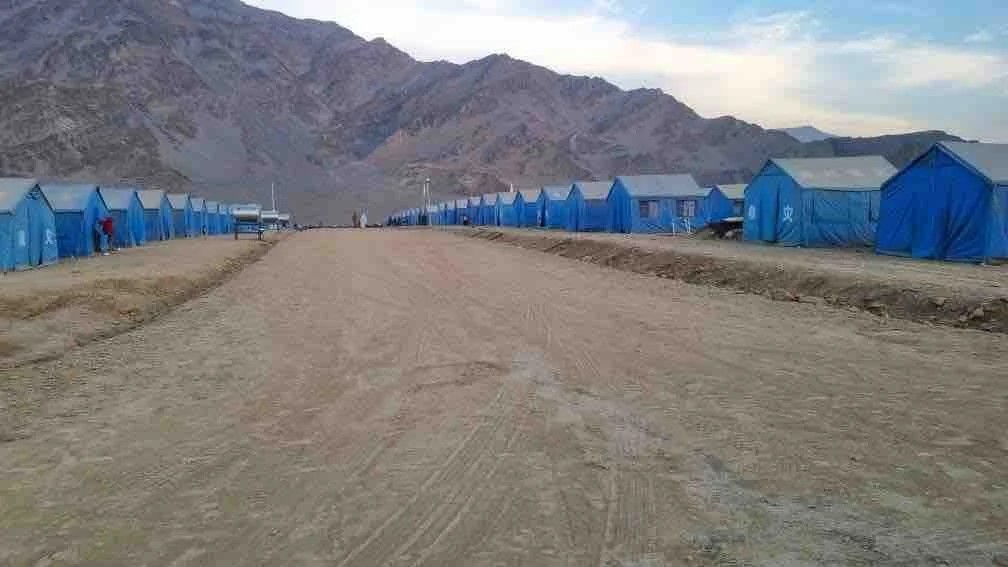 World
World
Mass Afghan Deportation from Pakistan: A Brewing Crisis for Regional Stability and Development
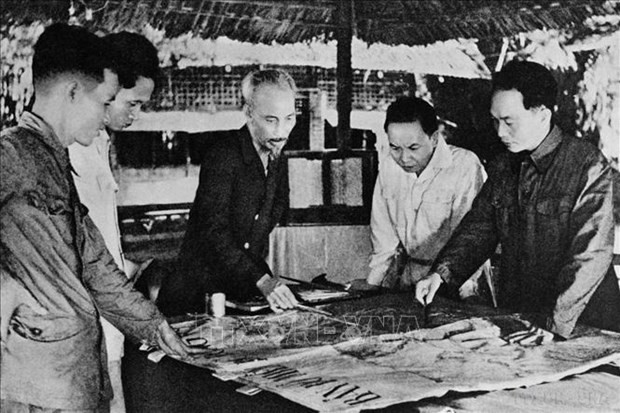 Viet's Home
Viet's Home
Values of Vietnam's Dien Bien Phu Victory Spotlighted
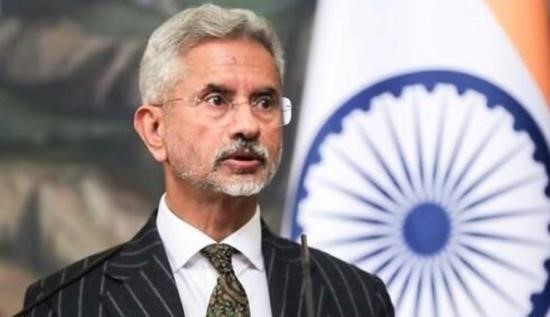 World
World
S. Jaishankar bolsters strategic collaborations across Singapore, Malaysia and Philippines
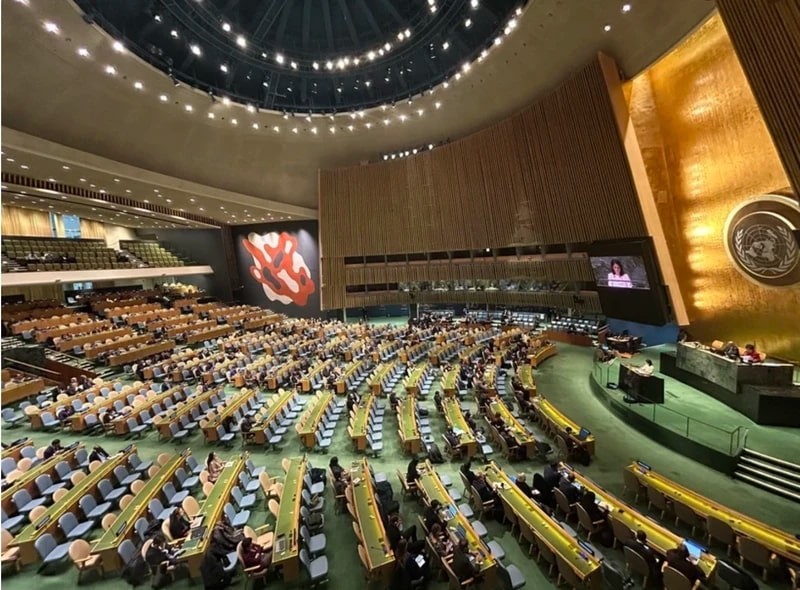 World
World




